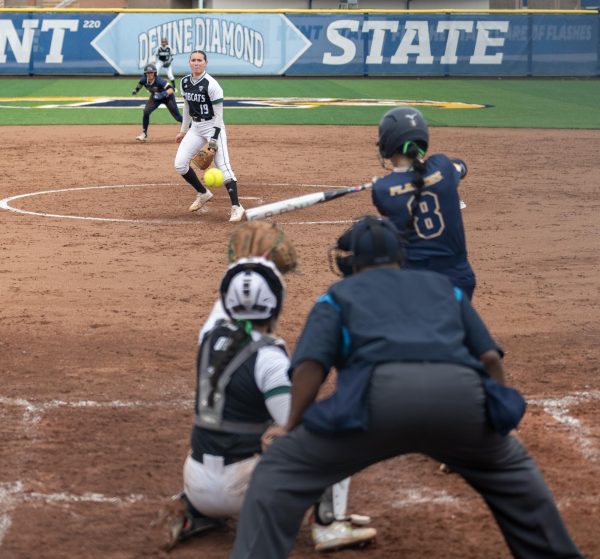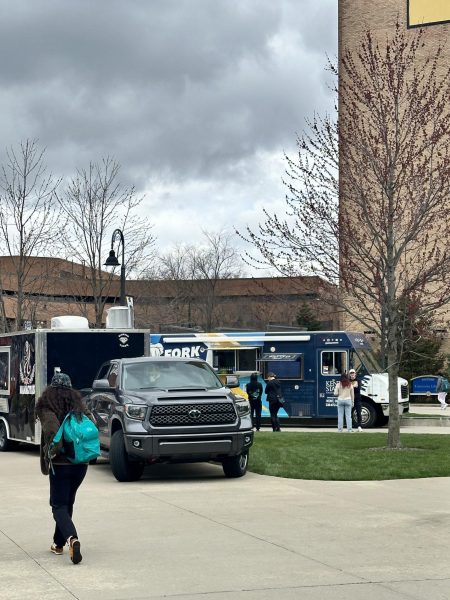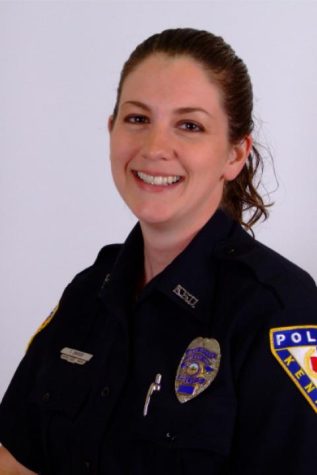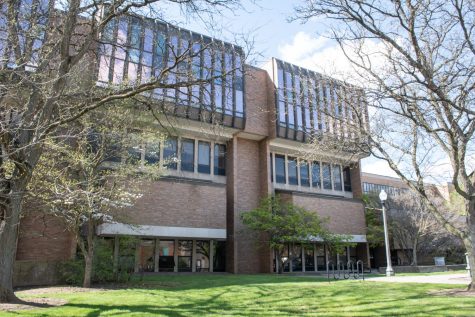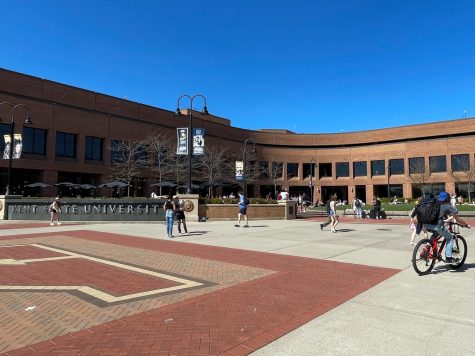Under the AALANA umbrella, identities blur
October 9, 2012
African American, Latino American and Native American students are represented by the acronym: AALANA.
While some students think this term is limiting to their cultural identity, others want the university to recognize cultural and ethnic differences if it is going to use an umbrella term.
Shana Lee, director of the Student Multicultural Center, said the university started referring to its African American, Latino American and Native American students as AALANA when Alfreda Brown, vice president of the Division of Diversity, Equity and Inclusion, came to the university in 2009. She said prior to Brown’s initiative, the university called its AALANA population “underrepresented” or “minority” students.
“I think AALANA sounds better than underrepresented,” Lee said. “AALANA has more of a positive spin on it. If we start to carve a niche for everybody, we’re going to have an alphabet name. I think we have to be more broad in the term and then we can be more specific in terms of how we represent them.”
AALANA Statistics and Facts
University population: 27,706
AALANA population: 3,385
African American population: 2,220
Latino population: 721
Native American population: 72
Multiracial: 372
Where did the term come from?
“‘The term [AALANA] is not degrading, inaccurate, or stereotypical. It is creative, unique, and symbolic of pride. AHANA [AALANA] was not developed to segregate its members from the remainder of the Campus community. It was developed to unite its members for the good of all and to inspire cultural awareness and destroy the void among students of different racial backgrounds. We do not want to feel ‘minor’.’
“The above words and feelings were presented to the Boston College Board of Trustees [in 1978] by several undergraduate students arguing that “minority” was an offensive and unacceptable term when applied to people of color. Dr. Donald Brown, director of the Office of AHANA Student Programs at Boston College, developed the acronym.
“To date, over 40 American colleges and universities have adopted the AHANA or ALANA acronym. AHANA, was later changed to ALANA when the term Latino/a American began to be used over Hispanic American. The ALANA or AHANA acronym is used on college and university campuses across the nation.”
—Taken from Multicultural Programs’,
Student Success Guide, Fifth Edition.
Research
gathered from Black Issues in Higher Education, Article by Dr. Donald Brown, April 1989
Mwatabu Okantah, professor of Pan-African studies, said since its inception, his department has discussed the issue with its students to be sure they are classified correctly — a practice the university has not performed.
“When the university started hiring people, they conglomerated all these students together and that’s when all this happened,” Okantah said about the AALANA term. “Nobody is asking them their names.”
He said Pan-African studies has continually offered an inclusive environment by teaching not only Pan-African studies but also Latino and Native American studies.
“I’ve felt that diversity is always operated in this department,” Okantah said. “Yet, at various points in our history on campus, the university has been hard-pressed to acknowledge that.”
Zulema Uscanga, public relations chair of Kent State’s Spanish and Latino Student Association, said she feels the university may use the term to unify the minority members on campus but should remember their distinct ethnicities.
“The word ‘minority’ itself can imply a lot of different groups,” said Uscanga, junior public health major. “I think it brings the Latino community together with other minorities on campus and encourages interaction and the formation of friendships with African American and Native American students.”
Fashaad Crawford, associate vice president for planning, assessment and research management in the Division of Diversity, Equity and Inclusion, said many colleges and universities use the acronym to describe and classify student populations who have been found to retain and graduate at a much lower rate than other ethnic groups.
Crawford said these terms are used at many universities to provide a demographic profile of students.
Jason Washington, president of Black United Students, said as he learned the history about the university and education system, he started to think more critically about what the label meant.
“I personally feel that that’s not fair to the [minority] groups…It’s not fair to that individual,” Washington said. “The culture that you identify with is far deeper than that label. Why are umbrellas like that necessary today in the 21st century if we’ve made so much progress?”
Crawford said the Division of Diversity, Equity and Inclusion develops, sponsors and promotes programming that is centered on understanding students’ between racial differences weather within the ethnic groups or between them.
He said students, faculty and staff have the option of divulging information about their race or ethnicity, and many times their information is not reported. Crawford said the university does not have the right to distinguish people unless information about their race or ethnicity is provided at their time of enrollment or hire at Kent State.
Victoria Humphreys, president of the Native American Student Association, said she also feels the term brings the minority population together, but the university should keep in mind that each person has their own specific cultural background.
“ … No matter what skin color, we’ve all had struggles,” Humphreys said. “You have to remember that we are our own individual culture and identity. As long as that is remembered, then why not?”
Contact Madeleine Winer at [email protected].












